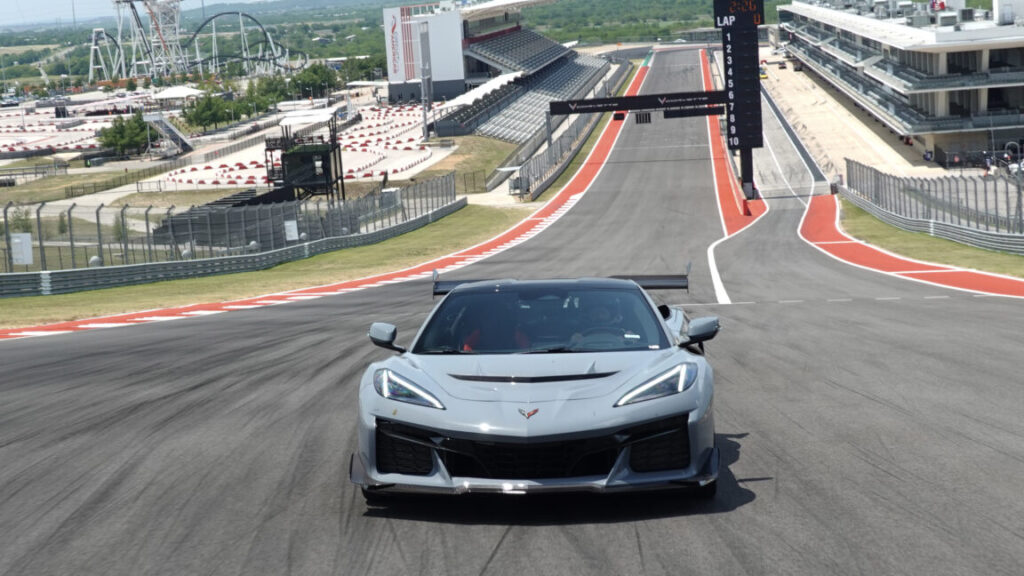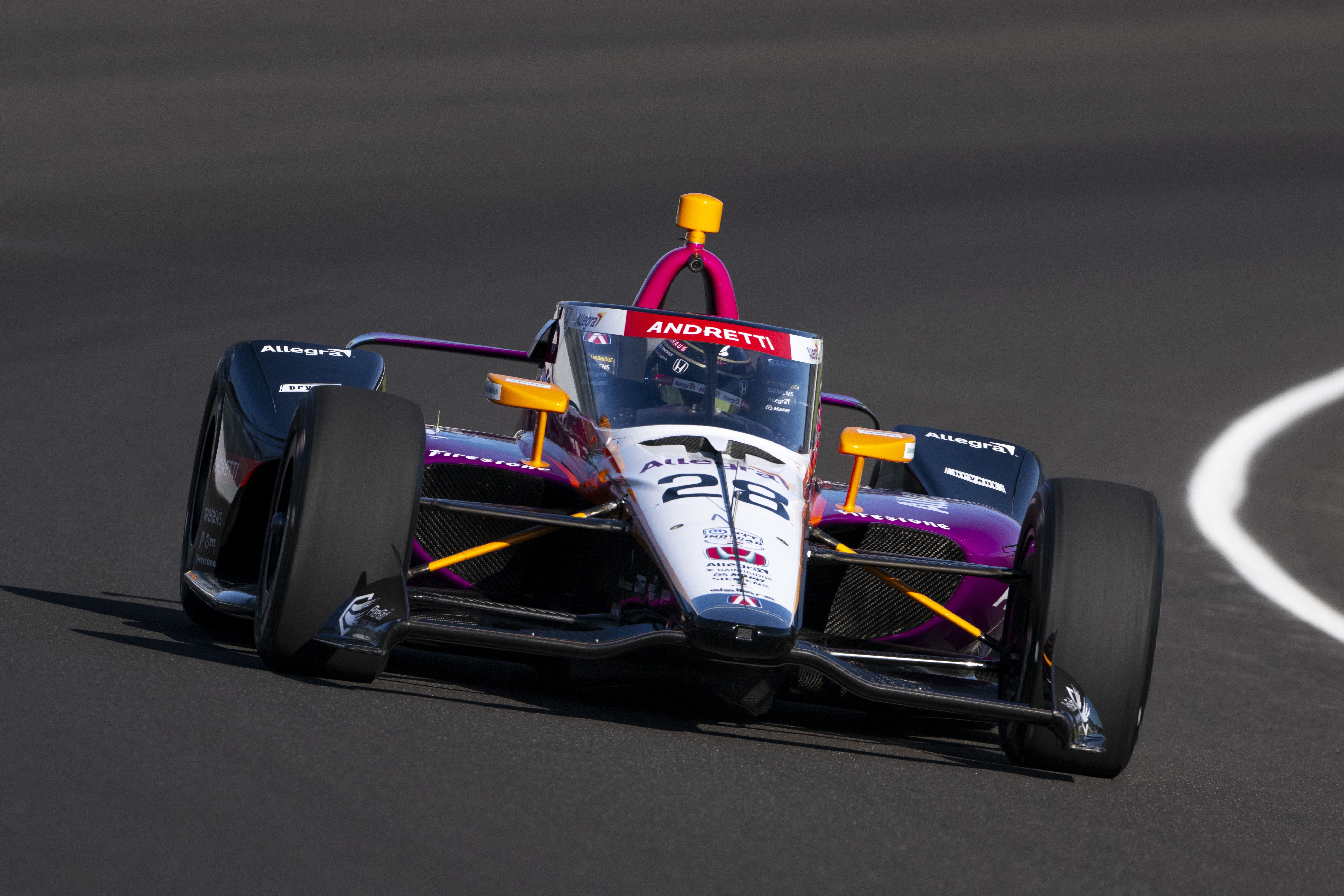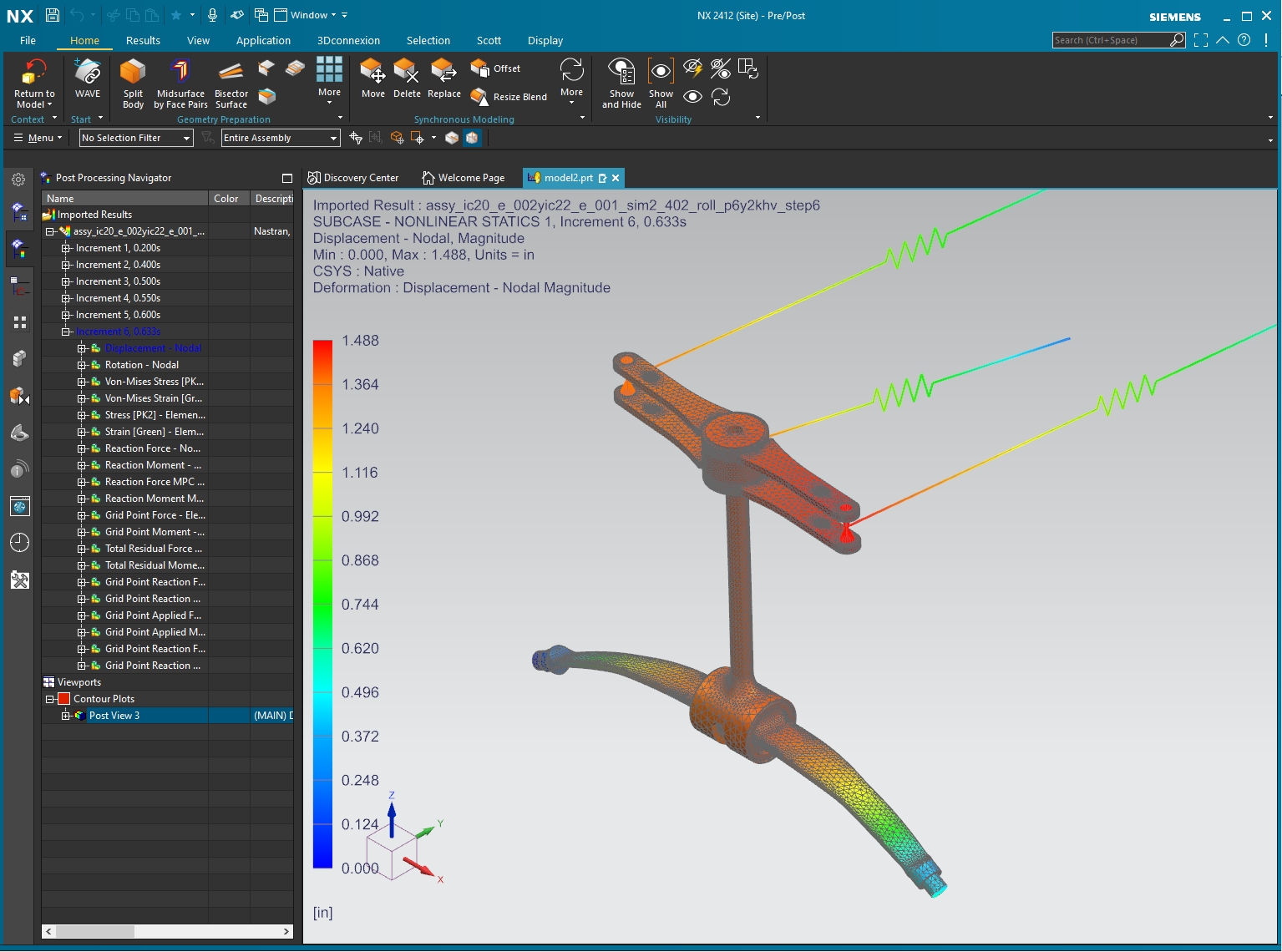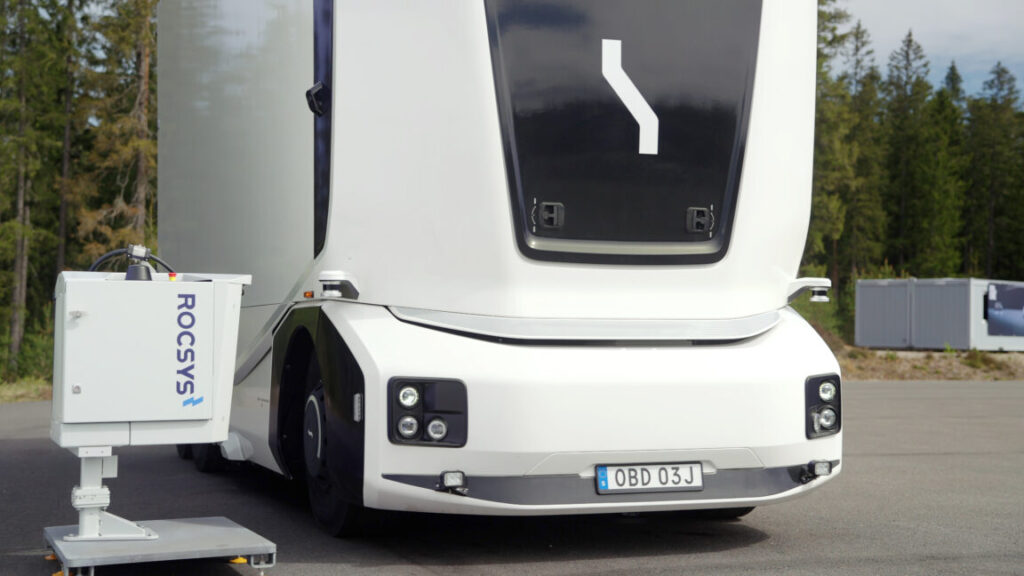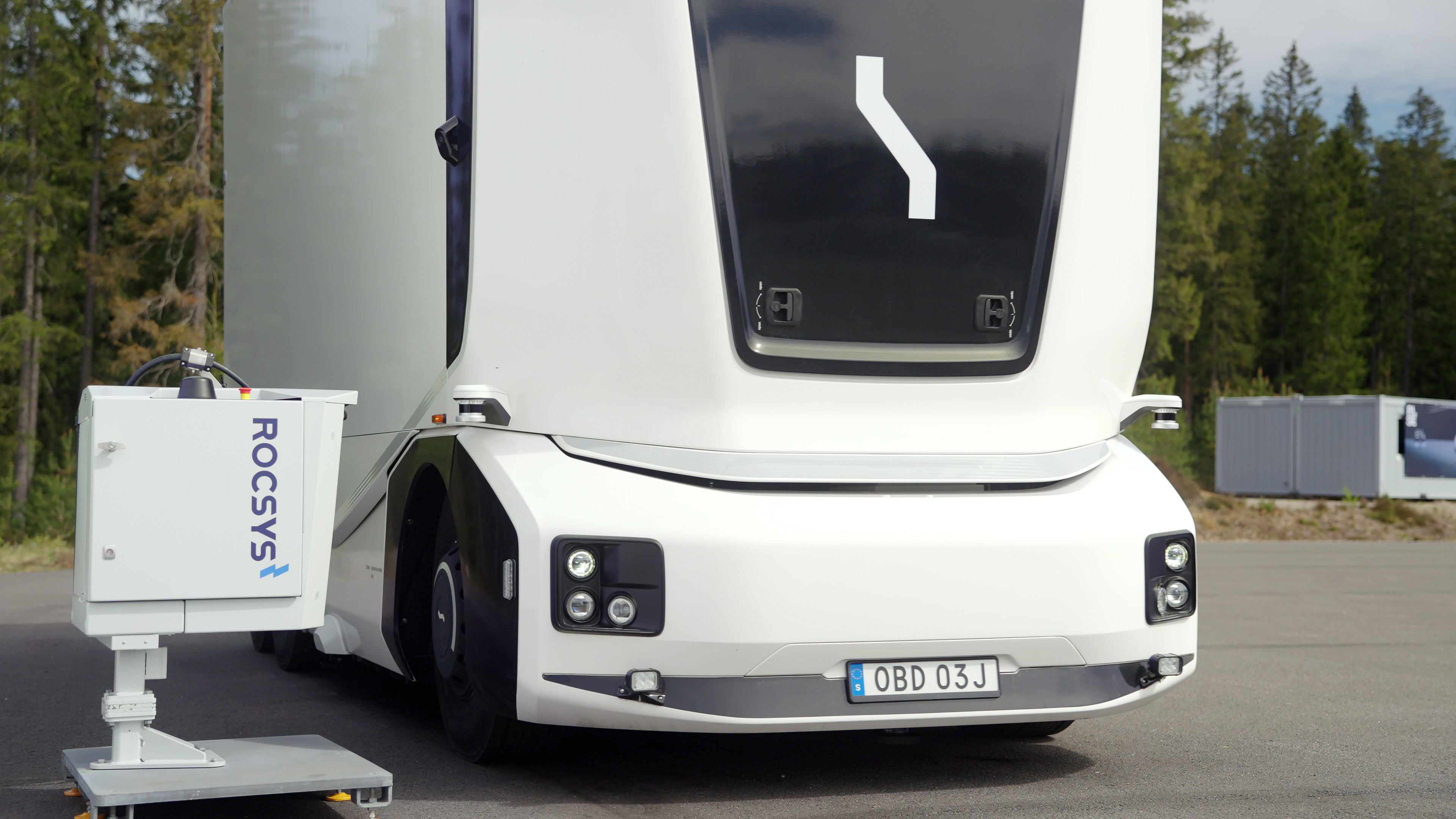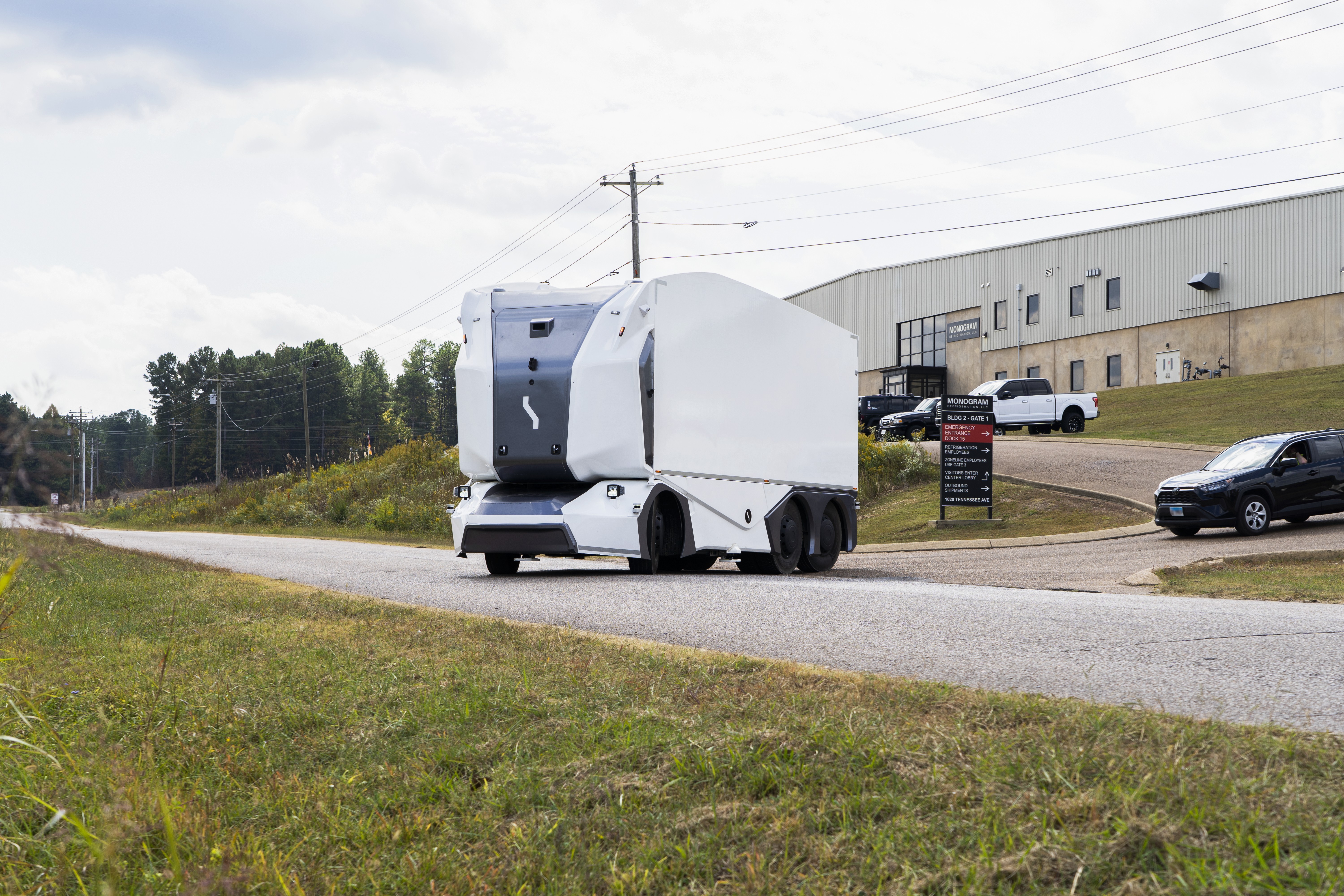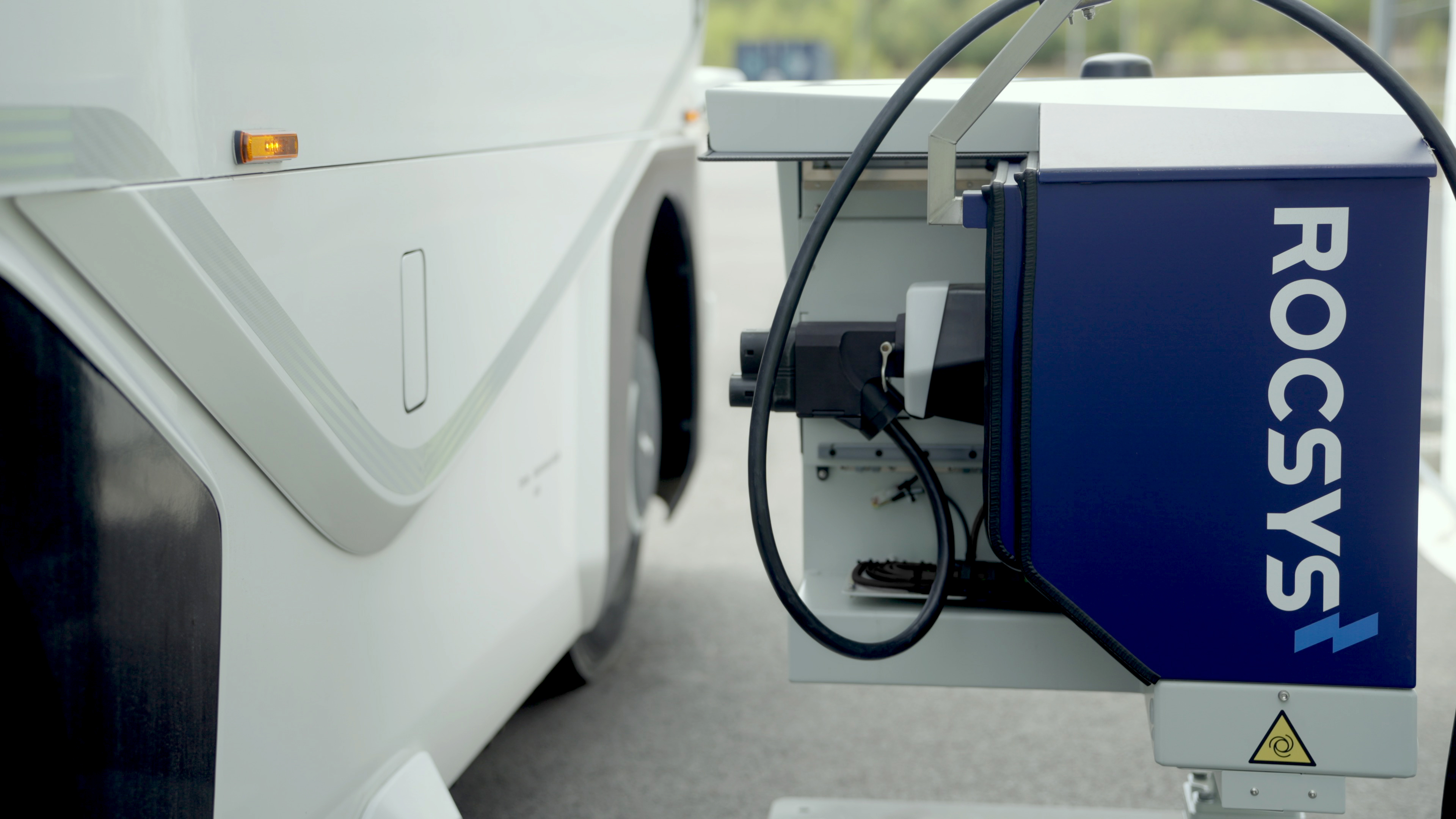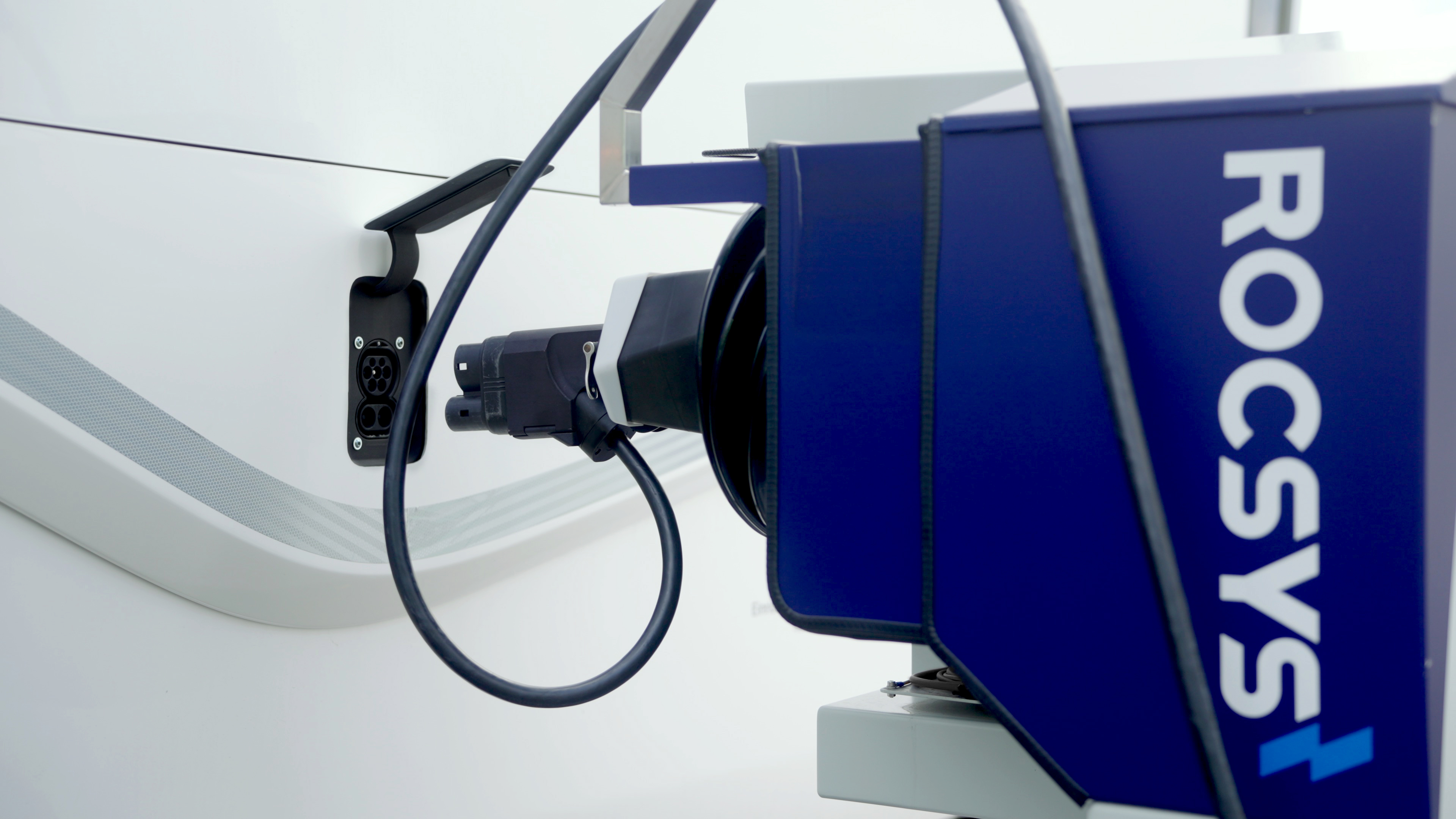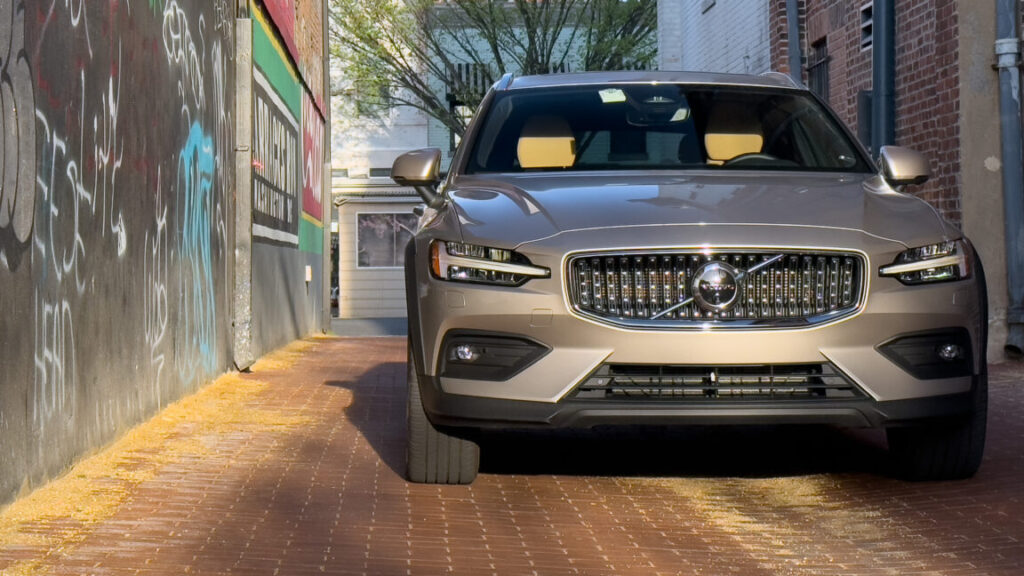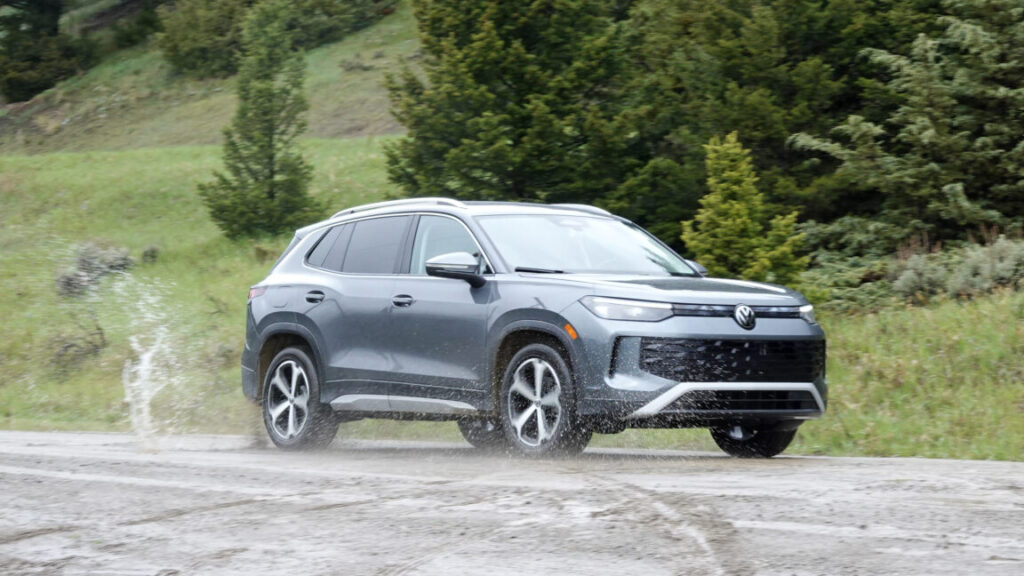2025 Chevrolet Corvette ZR1 first drive: Engineered for insane speed
Cooling for the ZR1 became an even higher priority, because the LT6 and LT7 employ extremely tight tolerances between the crankshaft and connecting rods, which mandates keeping the 5W-50 oil below 120° C (248° F) at all times. And the system simply works, as even on a hot and humid Texas day, I only noticed oil temperatures cresting above 104° C (220° F) occasionally.
The interior is better than any prior generation of Corvette, but it feels prosaic compared to the cockpits of its more exotic mid-engined rivals. Michael Teo Van Runkle
The hardtop convertible ZR1 lacks the split-engine venting and shoulder intakes, while cutting into headroom so much that I skipped out while wearing a helmet. Other journalists noticed a drop-off in performance for the convertibles, and probably more so than the mild weight gains of just about 100 lbs (45 kg) might suggest. Instead, temperatures probably came into play, as the ECU drew back timing and instead allowed mild overboost of 24–25 psi to compensate for the Texas day. Even so, an engineer admitted he thought the engine was probably down 5–10 percent on power.
The fact that I hit my highest-ever top speed despite the ZR1 potentially giving up somewhere between 53 to 106 hp (40–80 kW) only makes this Corvettes sound even more insane. But I essentially wound up driving the turbos, since the DCT’s gear ratios carry over from the Stingray and therefore drop out of peak power when shifting from second to third and third to fourth.
I suspect nothing short of an F1 racecar feels this fast on a circuit of this size. A track designed for corner exit speeds double my pace in the ZR1 helps explain why Chevrolet declined to set us loose on public roads behind the wheel.

We drove it on track—will owners cope with this much power on the street? Credit: Michael Teo Van Runkle
That’s a concern for potential buyers, though, and why the ZR1’s electronics undoubtedly ratchet back the insanity. Chevy still uses Bosch’s ninth-generation traction control, which debuted on C7 and operates on a 10-millisecond loop, even if the ABS runs at 5 milliseconds—while the ESC is at 20 milliseconds. I suspect this computerized nannying slowed me down a fair amount, in addition to the torque-by-gear restrictions in first and second that purposefully protect driveline components.
We’ve probably reached peak internal-combustion Corvette, which is something of a hint about the all-too-real question of where Chevy can go from here. If so, this car reaches a new level of unfathomable American ingenuity, combined with a newfound level of refinement and traction management that attempts to belie the undeniable absurdity to a minimal, arguably necessary, extent.
2025 Chevrolet Corvette ZR1 first drive: Engineered for insane speed Read More »
